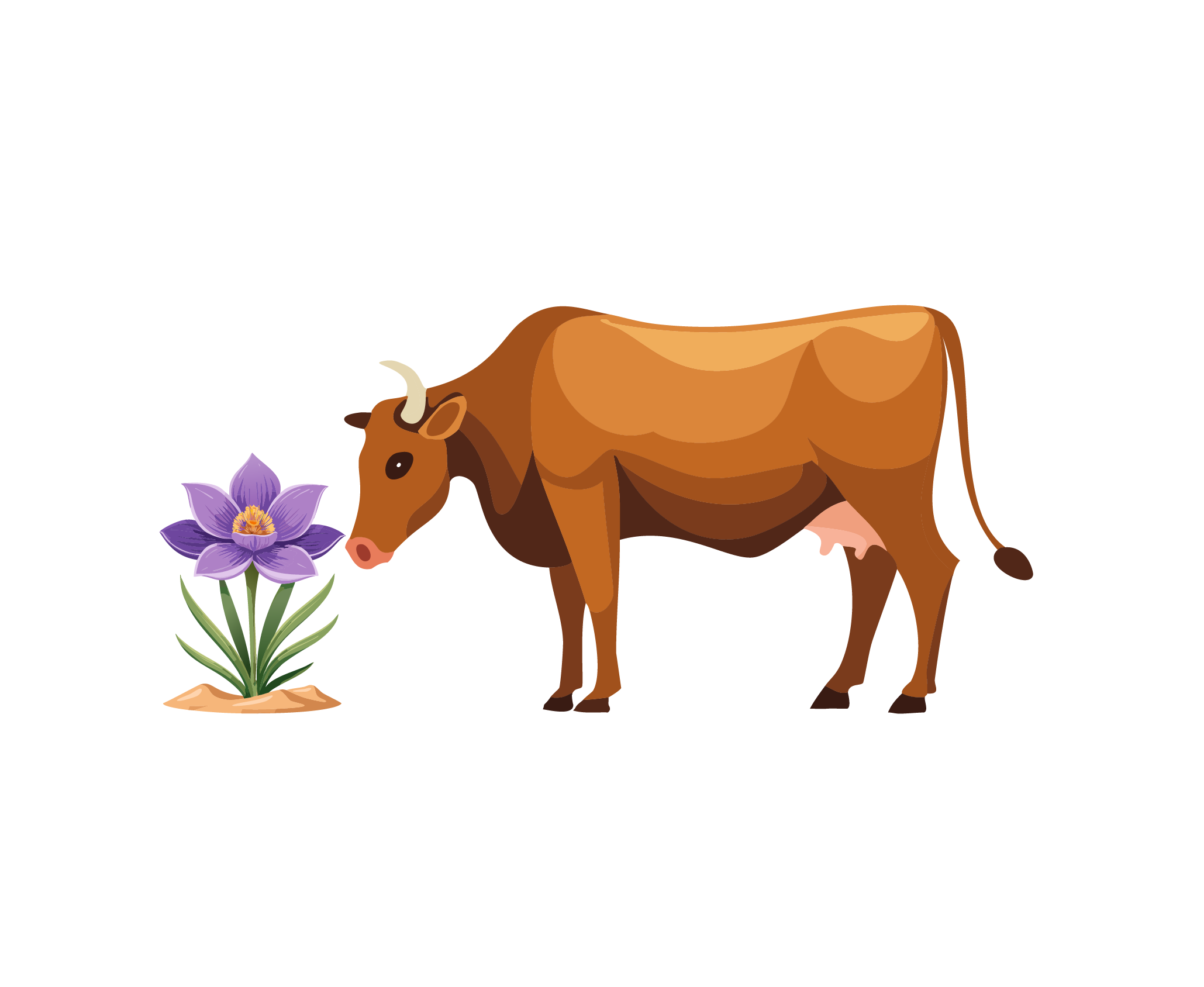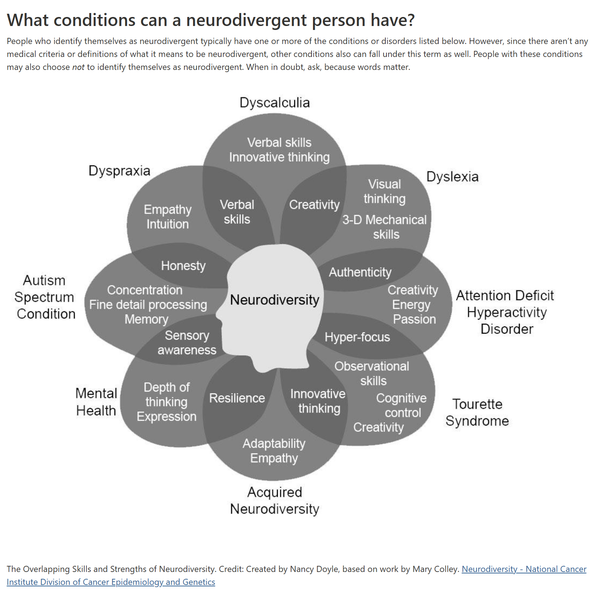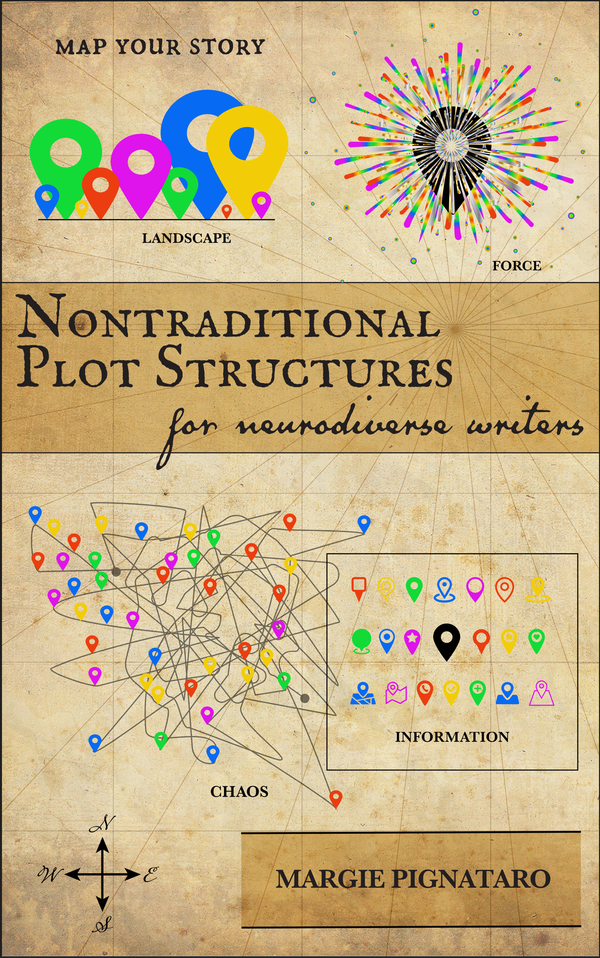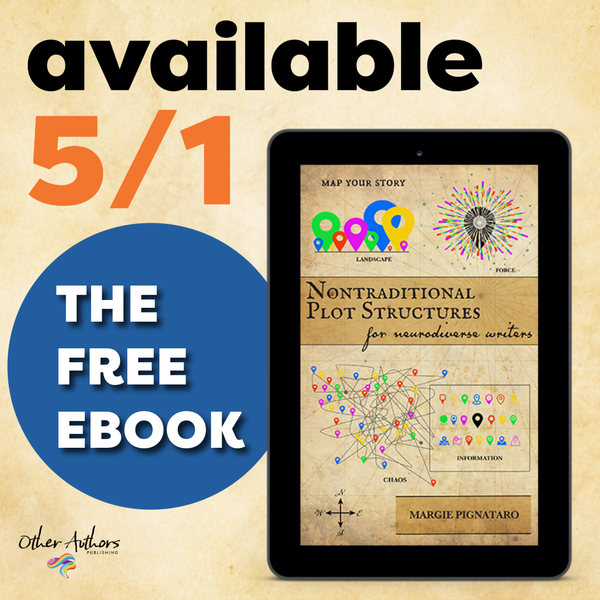CHAOS: an Alternative Plot Structure for Neurodiverse Writers
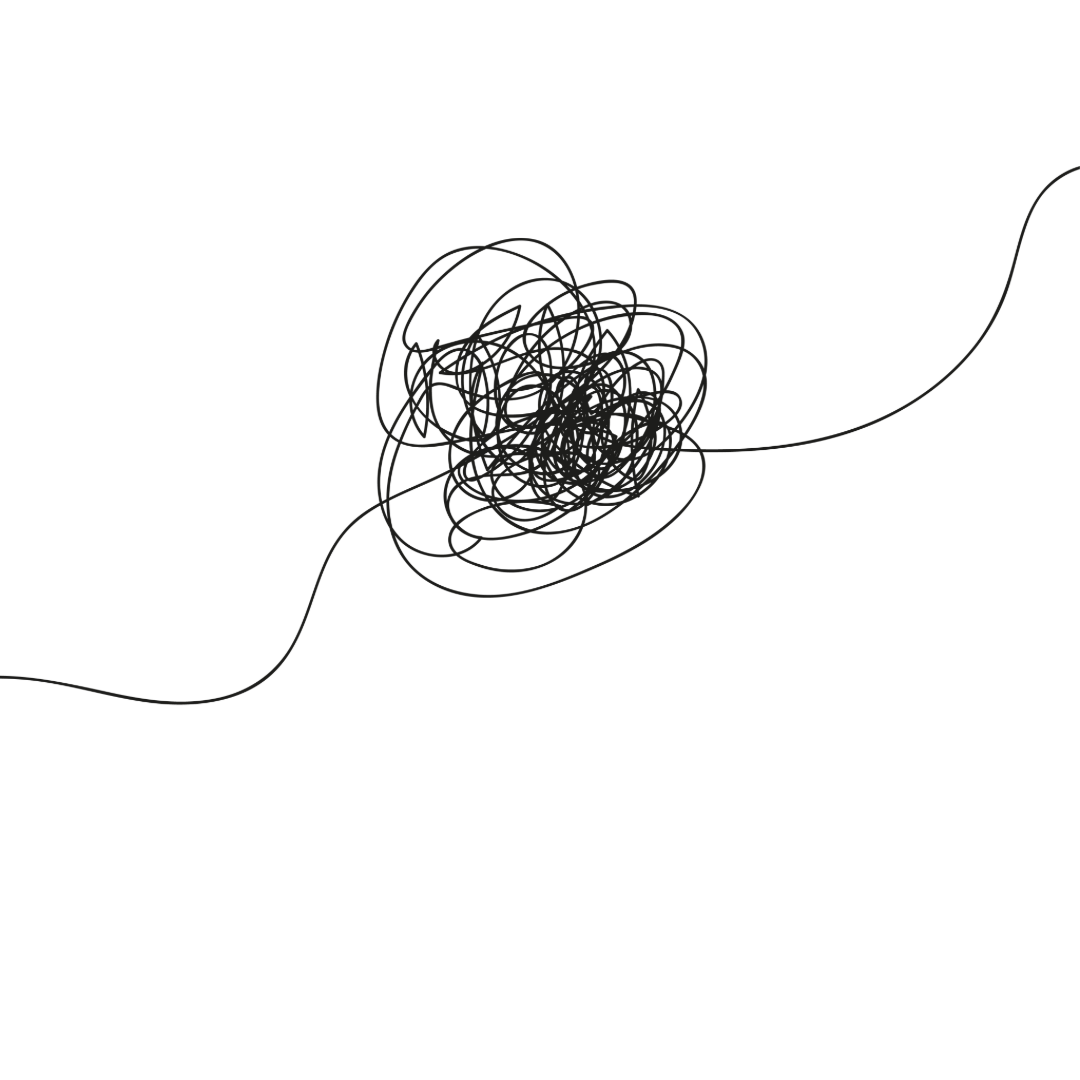
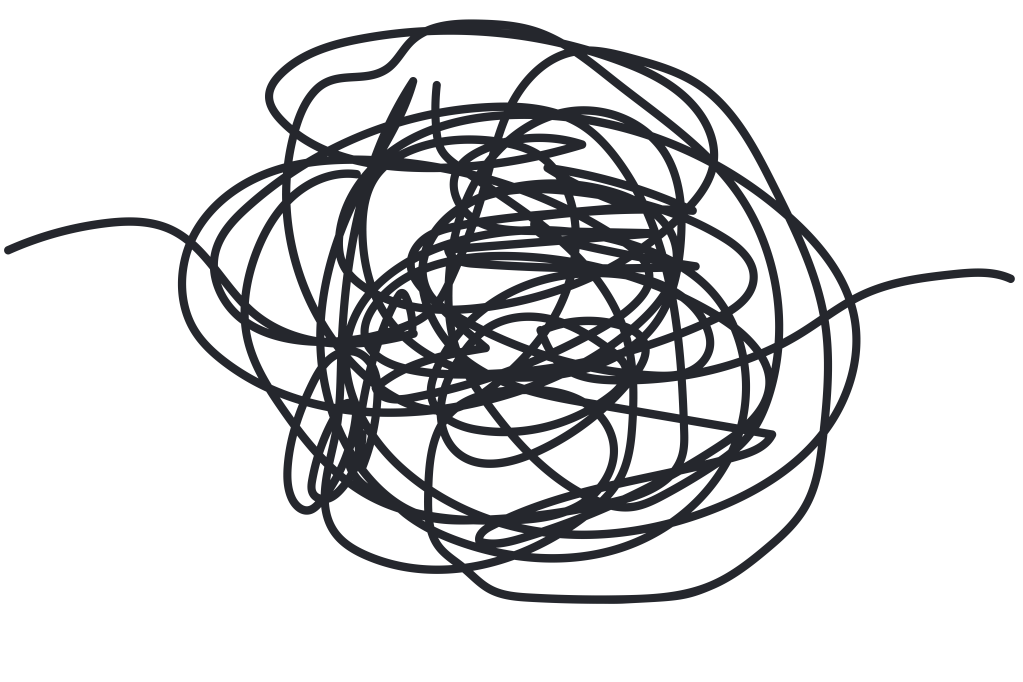
I've been working on this for a long time. Only recently have I taken on the name of Chaos to describe this alternative plot structure. It's nothing new. I'm only describing a form of writing that's existed on the edges of literature for decades.
This is the traditional journey plot structure that appears 99% of the time in TV/film/novels:
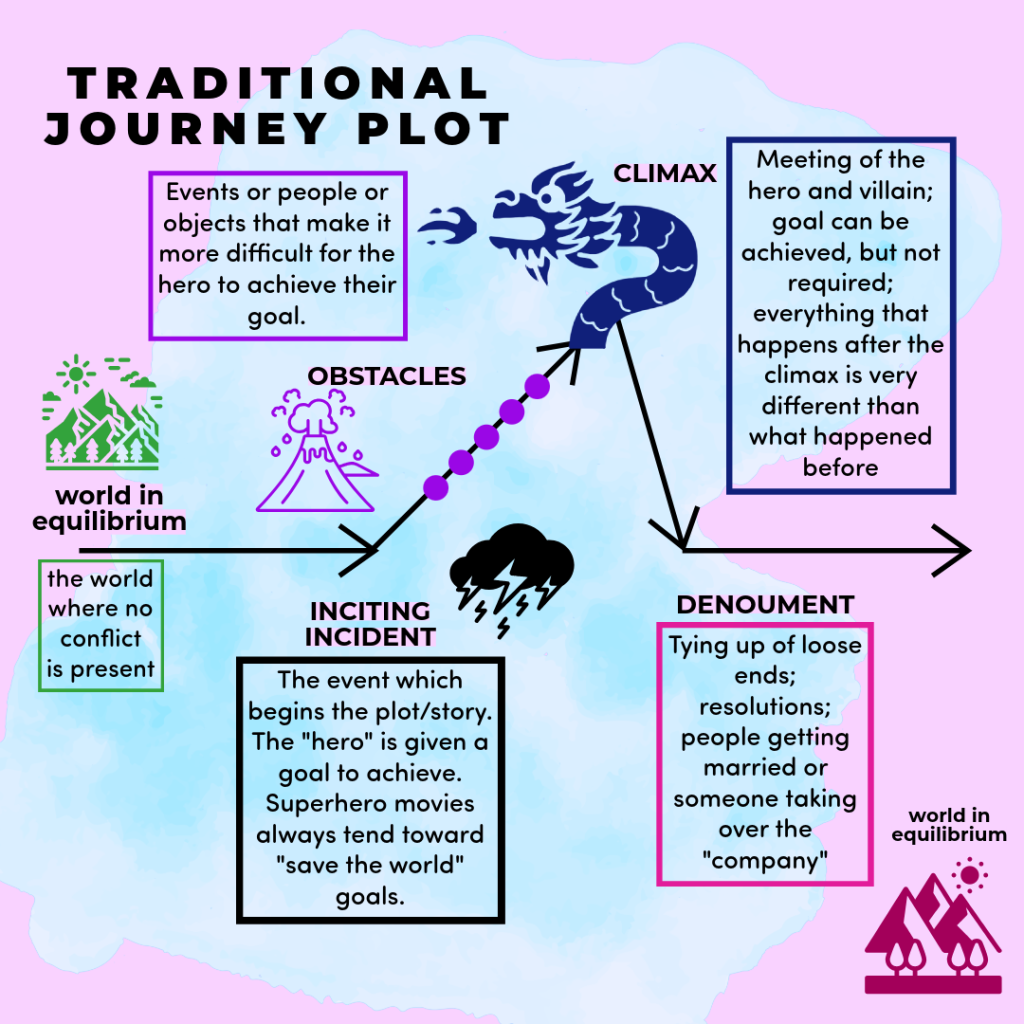
This plot structure is very focused upon a hero making a journey in order to complete a goal (which will also change their character), facing obstacles, achieving a climax, and bring the world back to a state of calm equilibrium. Characters around the hero assume a pyramid like structure of importance; those of lesser importance tend to be flat and not important enough to pay attention to. Characters appear in the story to help or hinder the hero's goal. All actions have meaning. Everything that is happening has an overarching meaning. And, most galling to me, it has a beginning, middle, and an end.
There are other elements which are used routinely with the journey structure. Here's another graphic:
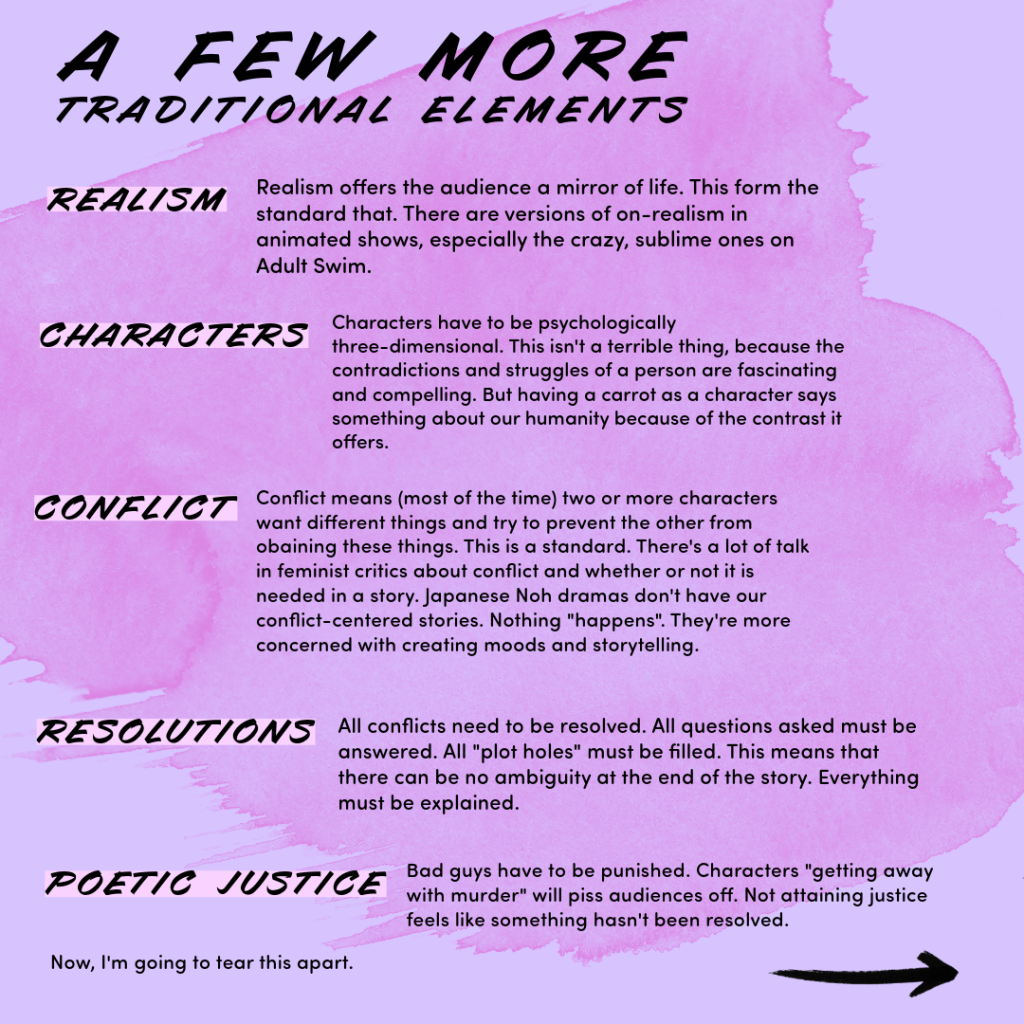
Here's me tearing that apart:
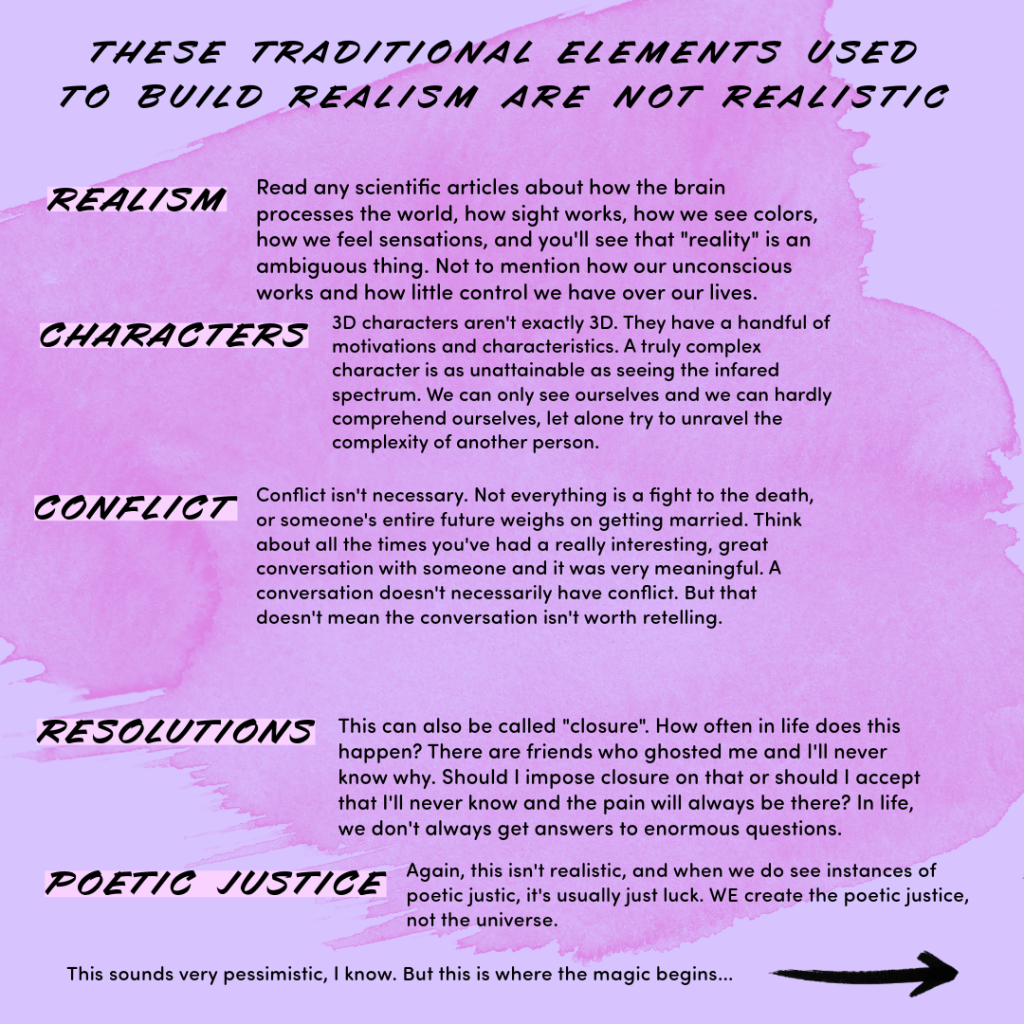
So this is the magic: an almost complete rejection of the traditional plot structure, the hero, the goal, the obstacles and climax and resolutions, in favor of Chaos.
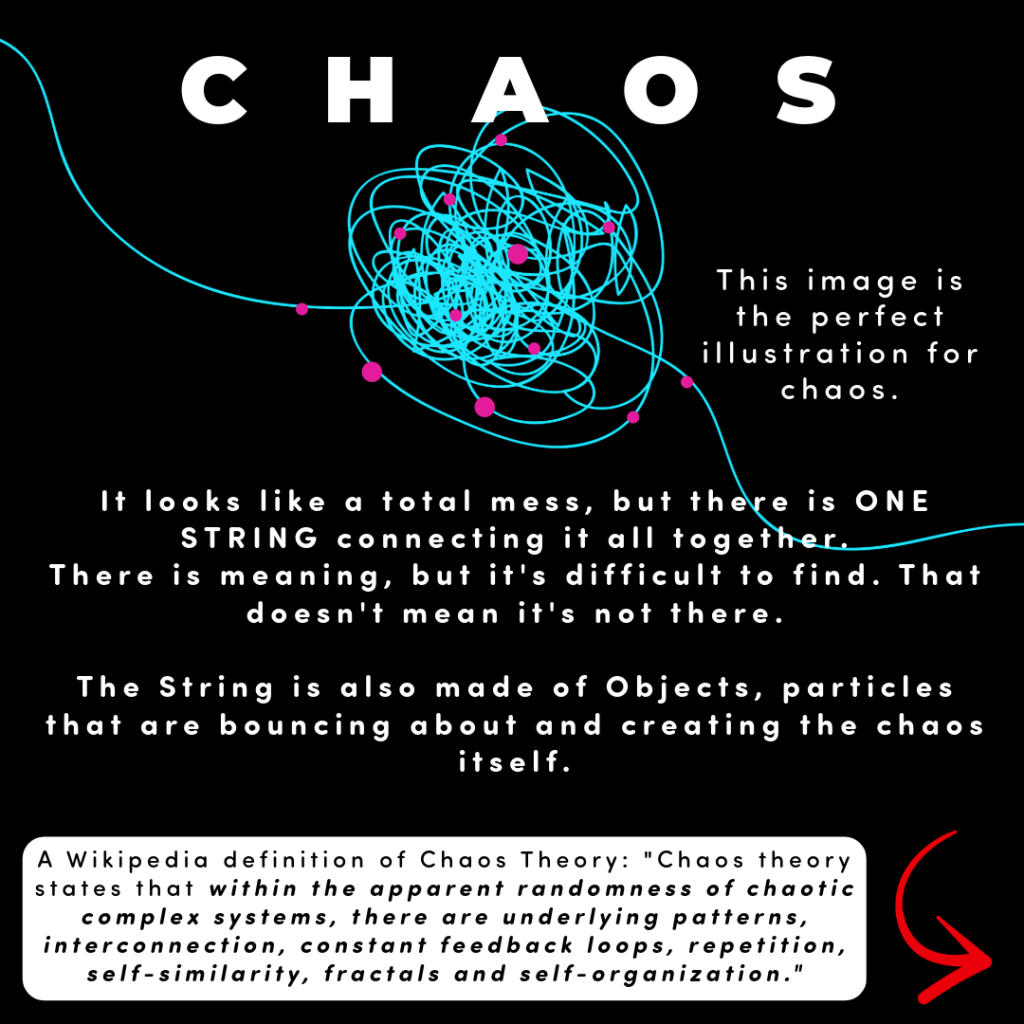
The ironic thing is that the hero's journey plot structure and the Chaos structure are two different versions of the same structure.
The string is present in both forms, but illustrated and presented differently. In the journey plot, the string is very visible, discussed, interacted with, explained, and coherent. In Star Wars: A New Hope, the string is destroying the Death Star. It's very clear from beginning to end what's going to happen.
In a Chaos structure, the string isn't always clear. It may only be hinted at. It may not be present except as a odd reference. A chaos structure of Star Wars: A New Hope could be based on trauma. Let's pick Princess Leia's trauma (she must have suffered some). It could be a collection of images: being imprisoned, being tortured, shooting storm troopers, running for her life, waiting for the Empire to find her and kill her. The plot becomes a movement, like ripples on water, as we watch Leia move from moment to moment and struggle to push her terror and panic down. Moments can reoccur, new ones can be added in, anything that creates what she's enduring through the movie.
Now think of doing this with your own life. Pick a series of terrible moments and arrange them together, one after another (or simultaneous) and create moments that can't be created in a traditional journey structure. You could also change the moments, add characters that don't exist, add descriptions of objects that may have some connection, etc.
This is why it works for neurodivergent writers:
- A traditional plot structure is uncomfortable and feels inorganic. It doesn't feel like life and the way it happens. Chaos has organic elements, a wide choice of possible scenes, and can reflect neurodiverse thinking that can jump fast from moment to moment, or indulge a deep dive into something that requires different versions.
- A traditional plot structure is an enormous amount of information that can be difficult to wield and remember. This is difficult for neurodiverse writers.
- A traditional plot structure has a linear storyline that moves forward in time. This can also be uncomfortable for neurodiverse writers who don't think in a linear way. Jumping around in time and across subjects can feel more normal.
- Objects are important to neurodiverse people. Everything from fidget toys to weighted blankets to comfort items such as toys, dolls, figurines, fake plants, etc. We even can go so far as imbuing objects anthropomorphic characteristics---which is essentially writing a story. This doesn't fit into a journey structure, not really. Traditional structure wants humans as main characters, for the most part, and for the characters to do things. We find comfort in objects that don't do things. This fits Chaos. In a chaos structure, the story is an arrangement of scenes as objects, like putting dolls on a shelf or thinking about the life of the fake lemon tree that has followed me for over 30 years.
This kind of writing isn't for everyone. It certainly isn't as popular as the traditional model.
I'm not writing this so that you, the reader, might write a perfectly brilliant chaos novel and become a best selling author.
I'm writing this because I have found this structure to be satisfying, comfortable, a beautiful release, and more fun that writing a journey plot.
I've also found it liberating. After writing a one-act in this style, and then having it produced, I finally felt like I wrote the way I think and the way I thought entertained and confused, yet amused, an audience. I want this for you, too.
If you have any questions, please message me, comment, go to Instagram where I am the most these days, email.
